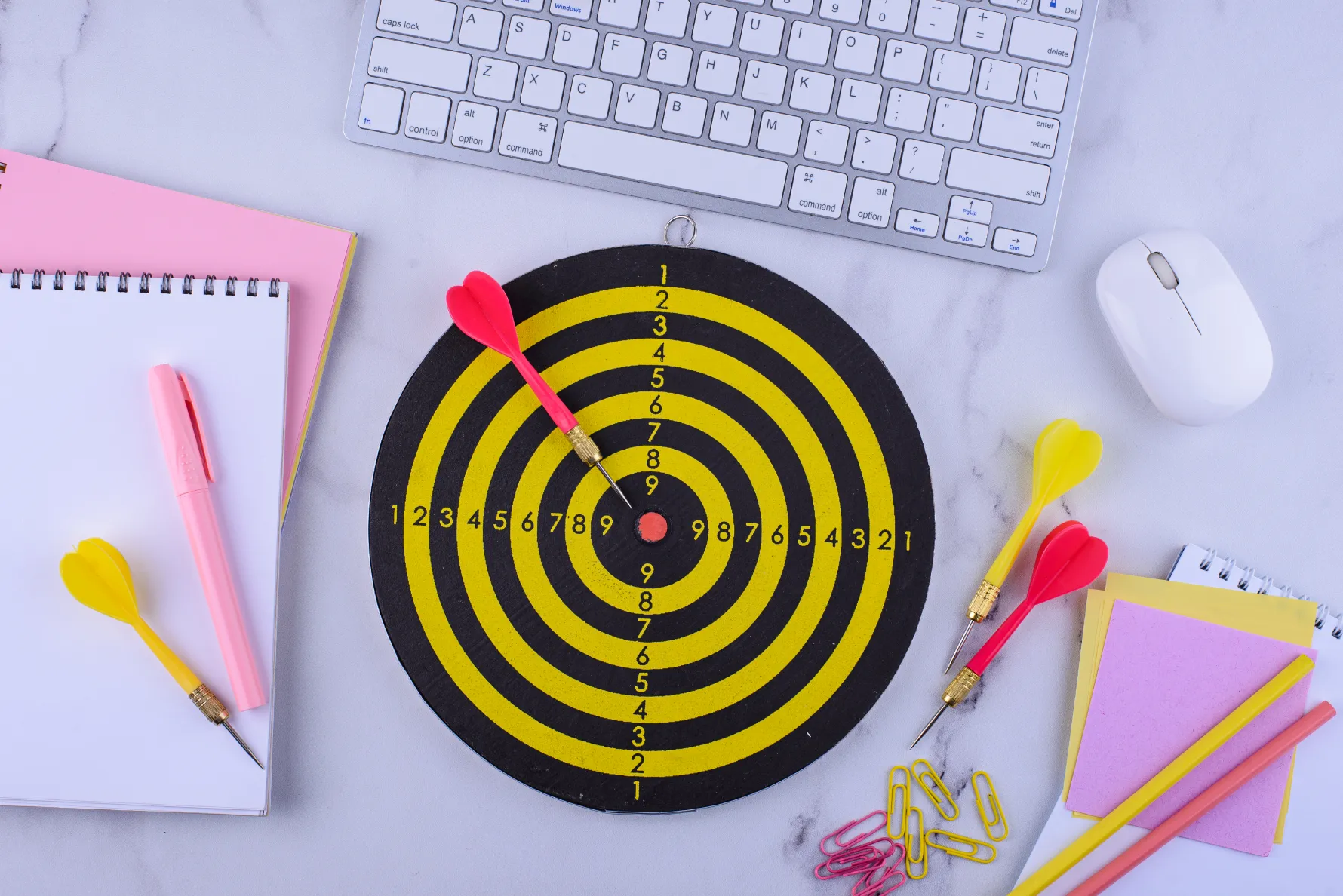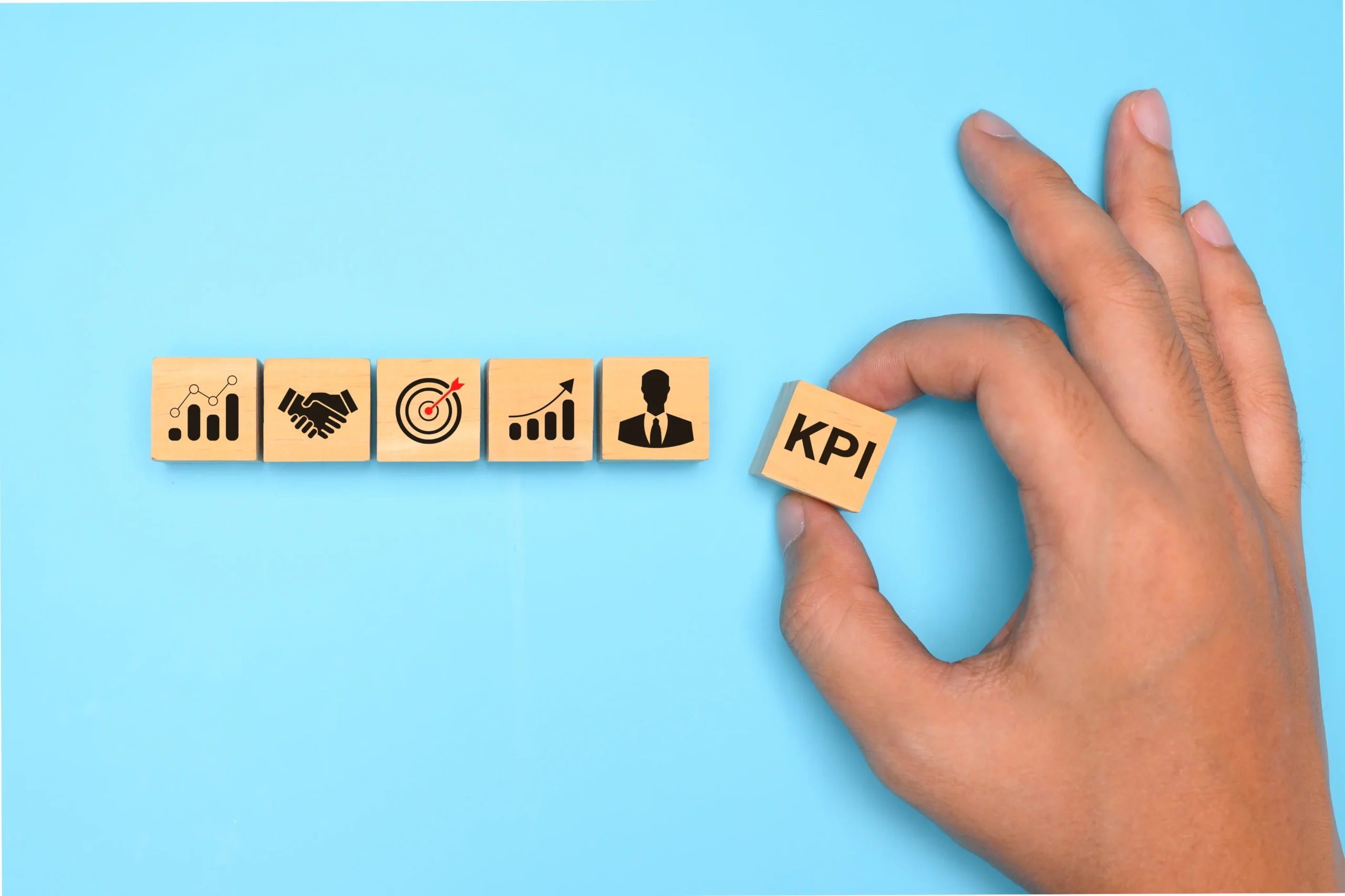
Learn the essential metrics to measure interior design marketing success. Optimize your strategies and track key data for better results.
Picture this: you've put your heart and soul into building your interior design business. You've honed your interior design skills, mastered the art of creating captivating spaces, and crafted stunning interior design concepts that leave clients in awe. Now, it's time to showcase your talent to the world and attract steady clients.
But here's the Trouble: how do you know if your marketing efforts are really paying off? How can you measure the success of your interior design marketing campaigns? This is where tracking and analyzing key metrics come into play.
In the dynamic world, relying on just guesswork simply won't cut it. You need concrete data to make informed decisions, optimize your strategies, and ensure that your efforts yield the desired results. By measuring the right metrics, you gain valuable insights into the effectiveness of your marketing initiatives and can make adjustments to drive even greater success.
Throughout this blog, we'll delve into the world of measuring your interior design marketing success. We'll explore the key metrics you need to track and analyze to gauge the impact of your efforts accurately. We'll cover everything from website analytics to social media engagement and lead generation.
By the end of this blog, you'll be equipped with the right knowledge to effectively evaluate the performance of your interior design marketing campaigns. You'll have relevant information on the metrics that matter most in your industry and the techniques to analyze them like a pro.
Now is the time to boost your business, gain a competitive edge, and ensure that your creative prowess is matched by equally impressive marketing strategies. Let's dive in and discover the Key Performance Indicators that will guide you towards marketing success in the world of interior design.

Now that you've embarked on your journey to measure interior design marketing success, the first step is to define your goals and objectives. Think of them as your guiding stars, directing your efforts towards tangible outcomes that align with your business objectives. Common Goals in Interior Design Marketing:
As an interior designer, building a strong brand presence is crucial for attracting potential clients and establishing credibility. Key metrics to track for this goal include:
Converting interested individuals into potential clients is a vital aspect of interior design marketing. Key metrics to track for this goal include:
Ultimately, your marketing efforts should contribute to boosting your bottom line. Key metrics to track for this goal include:
Remember, these goals are not set in stone, and you can tailor them to fit your unique business needs. The key is to ensure that your goals are specific, measurable, achievable, relevant, and time-bound (SMART). You'll be able to focus your efforts on the areas that matter the most by setting clear goals for yourself. It's like having a compass to navigate through the vast landscape of interior design marketing.
But setting goals alone is not enough. You need to identify the KPIs that will help you in tracking your progress towards achieving goals.
Let's take the goal of increasing brand awareness as an example. Here, key metrics like social media reach and engagement, website traffic, and brand mentions will prove to be useful in providing insights into the effectiveness of your marketing strategies.
Similarly, if the goal is to generate leads, tracking metrics such as lead volume and quality, conversion rates, and CPL will help you assess the success of your initiatives and identify areas for improvement.
Lastly, if your focus is on driving sales and revenue, metrics like conversion rates, average revenue per client, and LCV will offer valuable insights into the effectiveness of your sales funnel and the return on your marketing investment.
So, take a moment to define your goals and identify the KPIs that align with them. This strategic approach will set the stage for measuring your interior design marketing success and guide you towards achieving remarkable results.

Now that you have your goals set, it's time to dive deeper into identifying the key performance indicators (KPIs) that will help you measure the success of your interior design marketing efforts. KPIs act as your compass, providing valuable insights into specific aspects of your marketing performance.
When it comes to interior design marketing, a range of KPIs can provide meaningful insights into different aspects of your strategy. Let's explore some key KPIs that are commonly tracked in the industry:
Your website is your digital storefront, and tracking its performance is essential. KPIs to consider include:
Social media platforms are powerful tools for interior design marketing. Consider tracking the following KPIs:
Conversions are the ultimate measure of success, indicating the effectiveness of your marketing efforts in turning prospects into clients. Key conversion rate KPIs include:
Happy clients are the backbone of any successful interior design business. Consider tracking these KPIs to gauge customer satisfaction:
Remember, these metrics are not exhaustive, and these can be tailored to align with your specific goals and objectives. The key is to choose KPIs that directly reflect the success factors of your interior design marketing strategy.
By identifying the right KPIs, you gain the power to measure the impact of your marketing efforts accurately. Regularly monitoring and analyzing these metrics will allow you to make data-driven decisions, refine your strategies, and achieve remarkable success in the world of interior design marketing.
So, take a moment to identify the KPIs that align with your goals and start tracking them diligently. This proactive approach will provide you with the insights you need to elevate your marketing game and propel your interior design skills, concepts, and business to new heights.

Now that you've defined your goals and identified key performance indicators (KPIs), let's dive into the world of website metrics—the backbone of interior design marketing measurement. Your website not only digitally promotes your interior design skills and concepts; it's also an amazing tool for attracting and engaging potential clients
Tracking website metrics is crucial to understanding the effectiveness of your online presence and optimizing your marketing strategies. Here are some essential website metrics to track:
These metrics provide an overview of the overall traffic to your website. Total visits is the number of times your website has been accessed, where as unique visitors indicate the number of distinct individuals who have visited your site. Tracking these metrics helps you gauge the popularity and reach of your website.
The bounce rate measures the percentage of visitors who leave your website after viewing only one page. A high bounce rate may indicate that visitors didn't find what they were looking for or that your website lacks engaging content. Aim for a low bounce rate by ensuring your website is visually appealing, easy to navigate, and provides valuable information to visitors.
This metric measures the average length of time visitors spend on your website during a single session. A higher average session duration suggests that visitors are engaged and exploring your content in depth. It indicates the effectiveness of your website's design, user experience, and the relevance of your interior design concepts and information.
Conversion rates are a critical metric for measuring the effectiveness of your website in converting visitors into leads or clients. You can track various conversion rates, such as:
Understanding where your website traffic comes from is essential for optimizing your Interior Design marketing efforts. Track the sources of your website traffic, such as organic search (search engines), direct (directly typing your website URL), referral (other websites linking to yours), and social media. This information helps you identify the most effective channels driving traffic to your site and allocate resources accordingly. You can use Tools like Semrush to check your website Traffic.
Analyzing the performance of individual landing pages provides insights into the effectiveness of your marketing campaigns. Metrics to track include:
By regularly tracking and analyzing these website metrics, you can gain valuable insights into the effectiveness of your interior design marketing efforts. This kind of analysis allows you to make data-driven decisions, highlight areas for improvement, and optimize your website to attract better results.

With its vast reach and engagement potential, social media platforms provide an excellent opportunity to showcase your interior design skills and concepts to a broader audience. Social media metrics are imperative for understanding the effectiveness of any social media marketing strategy. Let's explore some essential social media metrics to track:
These metrics indicate the growth and popularity of your social media accounts. Tracking the number of followers and likes allows you to gauge the reach and engagement of your interior design content. Aim to grow your follower base organically by consistently posting high-quality content that resonates with your target audience.
The number of shares and comments on your social media posts reflects the level of engagement and interaction generated by your content. Higher shares and comments indicate that your posts are resonating with your audience and sparking conversations. Encourage engagement by asking questions, inviting opinions, and responding to comments promptly.
CTR measures the effectiveness of your social media content in driving traffic to your website or landing pages. It indicates how many people clicked on the links you shared. Track the CTR to evaluate How impactful your social media posts have been and determine which types of content generate the most interest and engagement.
Reach refers to the total number of unique users who have seen your social media posts. Impressions, whereas, represent the total number of times your posts have been displayed. Monitoring reach and impressions helps you understand the visibility of your interior design content and identify trends in post-performance.
The engagement rate calculates the level of interaction your social media posts receive relative to the number of followers or impressions. It assists in the measurement of effectiveness of your content in capturing and retaining your audience's attention. A high engagement rate indicates that your interior design concepts and posts resonate with your audience.
Monitoring sentiment analysis involves assessing the overall sentiment expressed by your audience regarding your brand or content. By analyzing comments, reviews, and mentions, you can gain insights into the perception and satisfaction levels of your audience. Address negative sentiments promptly and leverage positive sentiment to enhance your brand reputation.
If you're running paid social media campaigns, closely monitor the performance of your ads. Key metrics to track include click-through rates (CTR), conversion rates, cost per click (CPC), and return on ad spend (ROAS).
Analyzing these metrics helps you optimize your ad campaigns for maximum impact and cost efficiency. By regularly analyzing these social media metrics, you can gain valuable insights into the effectiveness of your interior design marketing efforts on social platforms.
These insights empower you to refine your content strategy, engage with your audience more effectively, and build a strong online presence. Always keep in mind, It is not just about likes, comments, or followers—Social Media is about fostering meaningful connections, sparking conversations, and showcasing your interior design concepts and skills to a greater audience.

As you delve deeper into measuring your interior design marketing success, it's essential to assess the metrics related to lead generation and conversion. After all, converting interested individuals into paying clients is a key objective of your marketing efforts. By analyzing these KPIs, you can understand the results of your strategies in depth and improve your processes. Let's explore some important lead generation and conversion metrics:
Tracking the number of leads generated through various marketing channels helps you evaluate the effectiveness of your lead generation efforts. However, it's equally important to assess the quality of those leads. Focus on metrics such as lead source, lead demographics, and lead scoring to identify the most promising leads that are likely to convert into clients.
Conversion rates provide insights into the effectiveness of your sales funnel and the ability to convert leads into paying clients. Track metrics such as the lead-to-client conversion rate and the sales conversion rate. Analyzing these rates helps you identify bottlenecks in your conversion process and optimize your strategies to increase conversions.
Understanding the cost associated with acquiring a new lead is crucial for evaluating the efficiency of your marketing campaigns. Calculate the CPL by dividing the total cost of your marketing efforts by the number of leads generated. Tracking the CPL allows you to optimize your budget allocation and assess the cost-effectiveness of your lead generation initiatives.
If you're running paid advertising campaigns for your Interior Design Business, measuring the ROAS provides insights into the effectiveness of your ad spend in generating revenue. You can easily calculate the ROAS by dividing the revenue generated by your ads by the cost of those ads. A positive ROAS indicates a profitable campaign, while a negative ROAS suggests the need for adjustments to improve performance.
Analyzing the performance of each stage in your sales funnel helps you identify areas for improvement and optimize your conversion process. Pay attention to metrics such as lead-to-opportunity conversion rate, opportunity-to-quote conversion rate, and quote-to-close conversion rate. This analysis allows you to focus on the optimization of the stages where prospects are dropping off the most.
Tracking the average revenue generated from each client helps you assess the profitability of your interior design projects and the value you bring to your clients. By monitoring this metric, you can identify opportunities to increase revenue per client through upselling, cross-selling, or offering additional services.
By assessing these lead generation and conversion metrics, you gain valuable insights into the effectiveness of your interior design marketing strategies and can make data-driven decisions to optimize your processes. Regularly monitoring and analyzing these metrics allows you to refine your lead generation techniques, streamline your conversion process, and drive greater success in converting leads into satisfied clients.
As you reach the end of this guide, you've gained valuable insights into measuring the success of your interior design marketing efforts. By tracking and analyzing key metrics, you can make informed decisions, refine your strategies, and elevate your interior design skills and concepts to new heights.
Remember, measuring your interior design marketing success is an ongoing process. It requires continuous monitoring, analysis, and adjustment based on the insights you gather. Stay proactive and regularly assess the metrics that align with your goals and objectives.
By tracking website metrics, you can understand how visitors interact with your digital storefront and optimize your website for better engagement. Analyzing social media metrics empowers you to build a strong online presence, foster meaningful connections, and showcase your interior design skills to a wider audience.
Assessing lead generation and conversion metrics allows you to refine your strategies, nurture relationships, and turn interested individuals into satisfied clients. Use the insights gained from tracking these metrics to make data-driven decisions while staying true to your unique design style and client-centric approach.
FAQs
It is recommended to track and analyze metrics regularly, ideally on a monthly or quarterly basis. This allows you to monitor trends, make timely adjustments to your strategies, and measure the impact of your marketing efforts accurately. However, the frequency can be adjusted based on the scale and needs of your interior design business.
The effectiveness of social media platforms for interior design marketing depends on your target audience and goals. However, platforms like Instagram, Pinterest, and Houzz are popular choices due to their visual nature and focus on design inspiration.
Common interior design marketing goals include increasing brand awareness, generating leads, converting leads into clients, and showcasing your interior design skills and concepts to a wider audience.